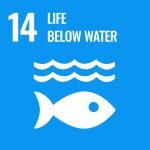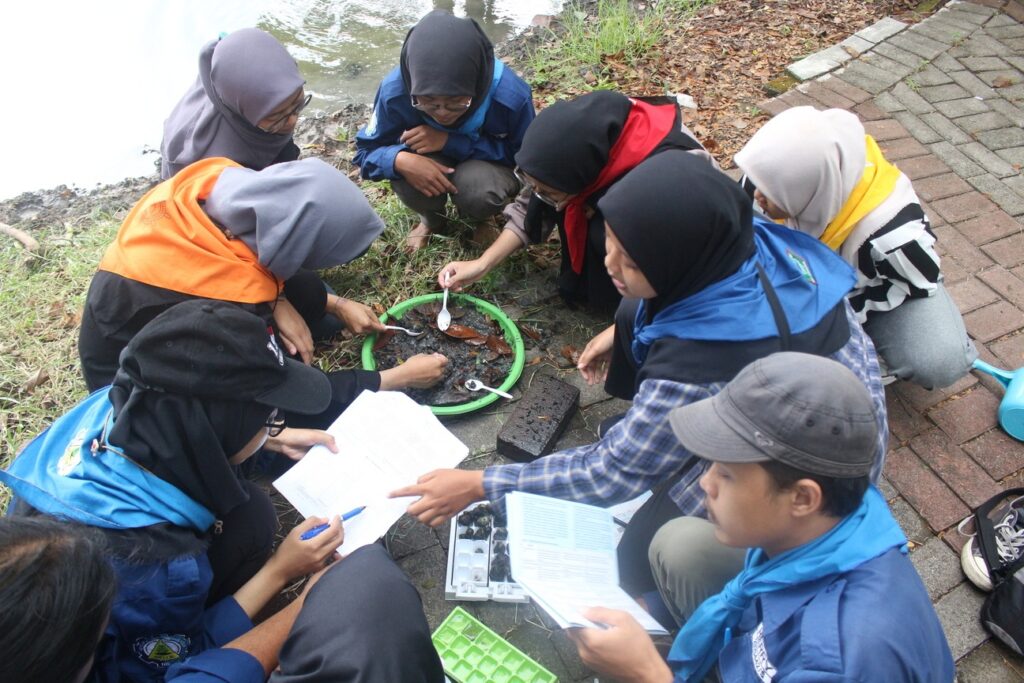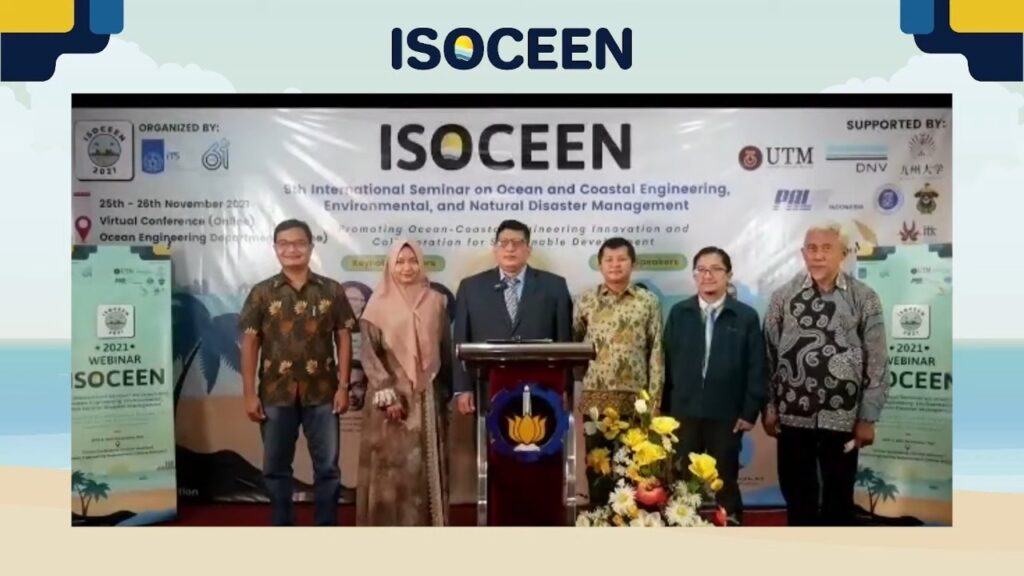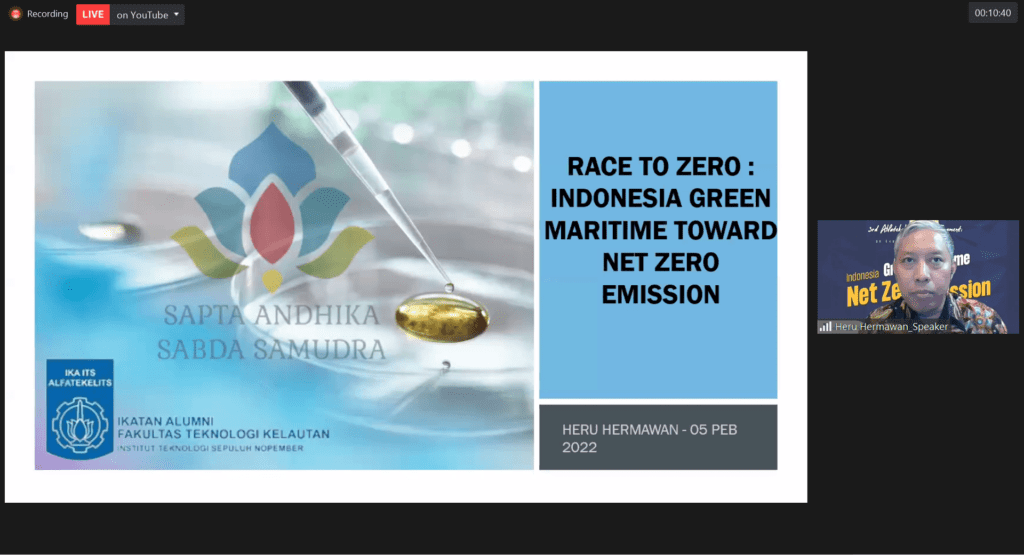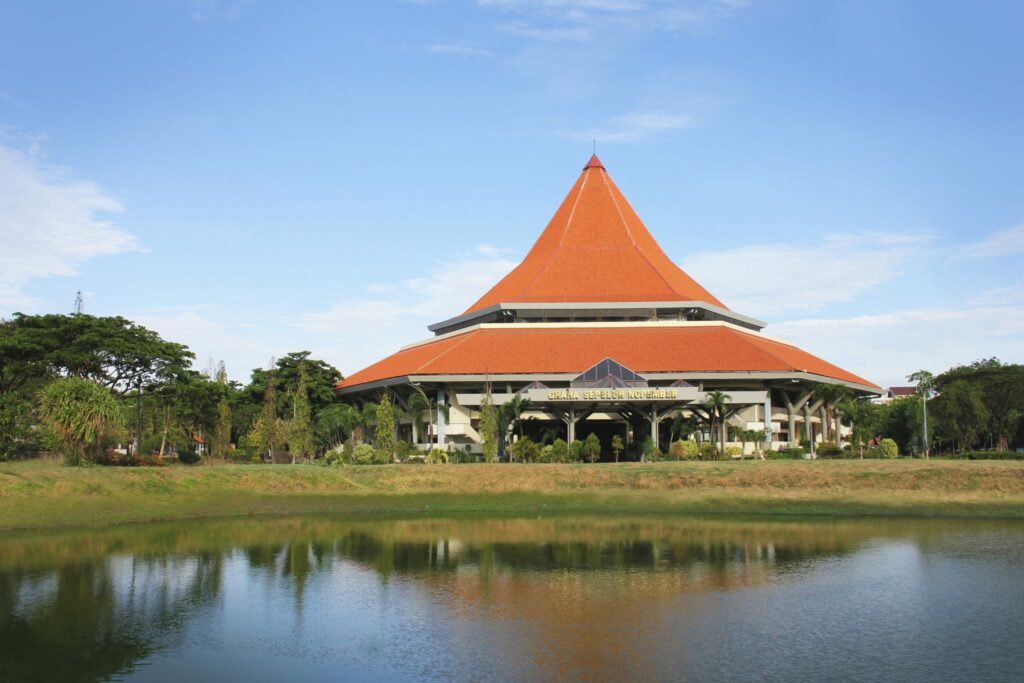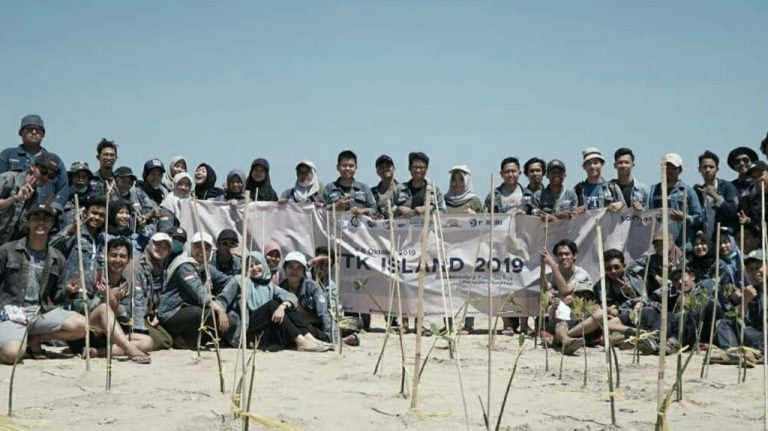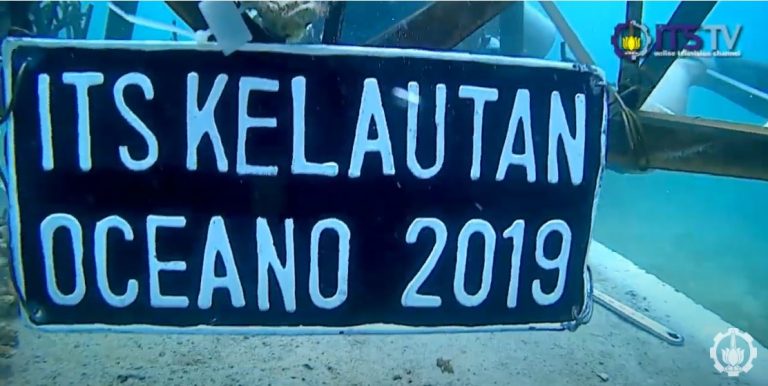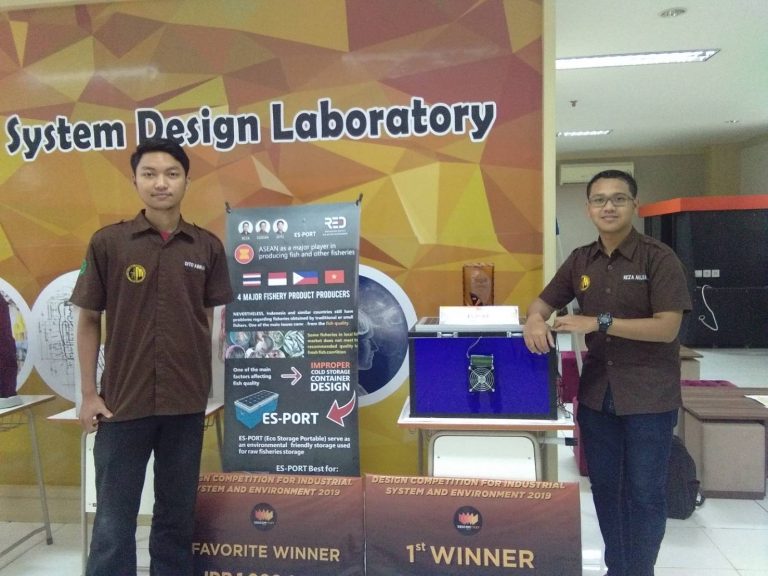“The two SDGs that look at the broader ecosystem divide it into Life Below Water, and Life on Land. The oceans, and the rivers and watersheds that link to them, are the largest part of our ecosystem. 40% of the world’s population lives within 100km of the coast, and we all rely – directly or indirectly – on the sea.”
(THE Impact Rankings)
SDG 14: LIFE BELOW WATER
Supporting Aquatic Ecosystems through Education
Collaboration in Research and Human Resource Development between the Faculty of Marine Technology and the National Research and Innovation Agency (BRIN)
The ITS Faculty of Marine Technology and the National Research and Innovation Agency (BRIN) have initiated an exploratory visit to foster collaboration. This visit aims to facilitate research partnerships, enhance researcher mobility, and promote academic advancement, including Master’s and Doctoral levels through the Degree by Research program.
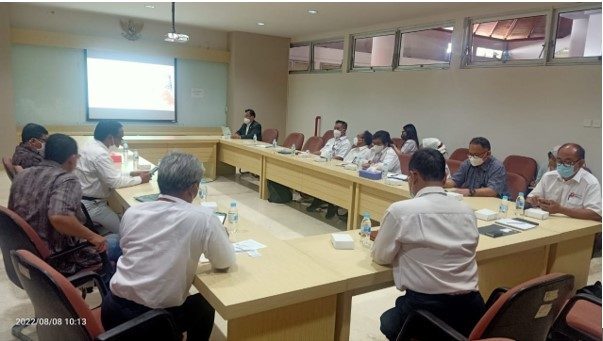
PLH Siklus ITS Teaches How to Conserve Water Resources
Environmental Lovers (PLH) Sepuluh Nopember Institute of Technology (ITS) cycle held water conservation training entitled Water Resource Training (WARNING). The training was held as an effort to prevent damage and maintain water resources (SDA) through conservation efforts. The training included socialization of land use, preservation and management of water quality, and control of water pollution.
Enliven Indonesian Independence, ITS Presents OFITS Floating Net Cages
Inflaming the spirit of innovation as the leading maritime campus in Indonesia, ITS has launched an offshore technology innovation. Through Ocean FarmITS (OFITS), a technology in the form of offshore floating net cages (KJA) was officially installed to coincide with the 77th Independence Day (HUT) of the Republic of Indonesia (RI) in the waters of Sendang Biru, Malang Regency. This innovation will not only function as a medium for fish cultivation and help local fishermen but will also be intended for marine tourism activities.
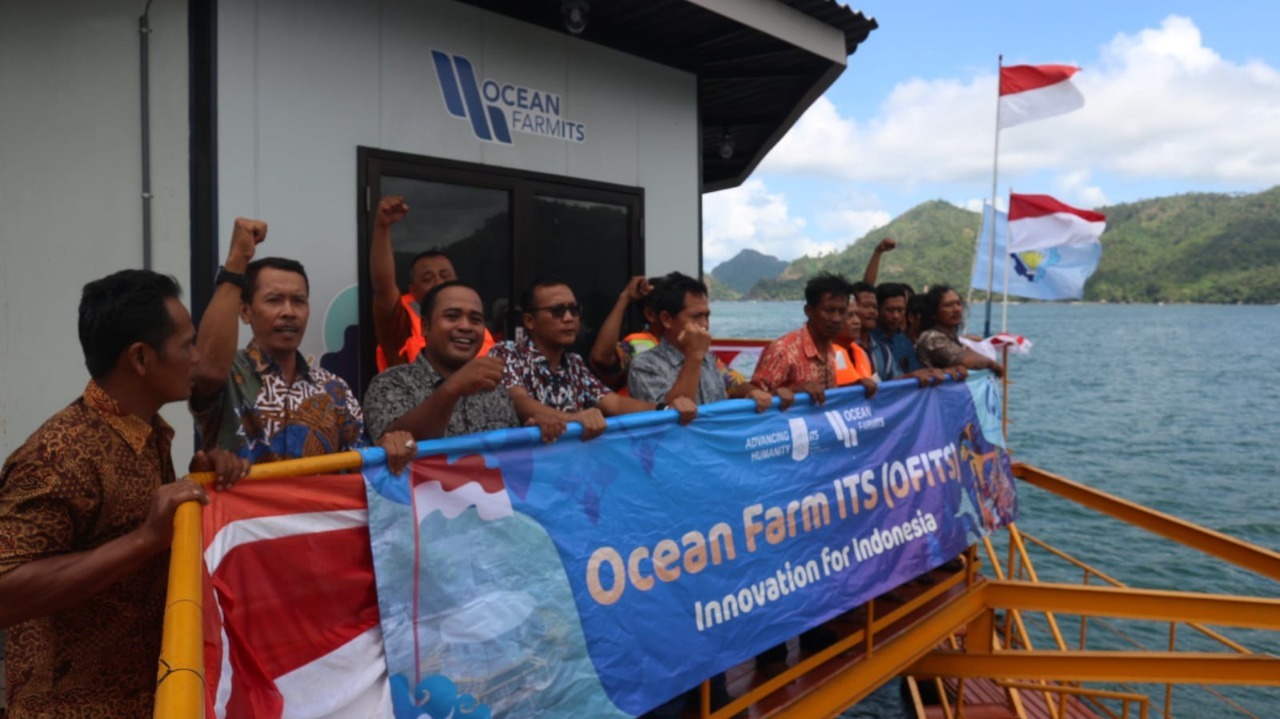
Abmas Team to Empower Site Service Resources
Community, cultural and natural resource empowerment is carried out by the Abmas KKN Team in Tihingan, Bali and Tlangoh Beach, Madura. The team consists of different study majors who collaborated to improve the community’s economy. In Tihingan, the tourism sector is expanded by creating distinctive merchandise and souvenir designs to attract tourists. While in Tlangoh Beach, the team developed coastal environmental restoration technology with an artificial coral reef called Hexareef to reduce abrasion.
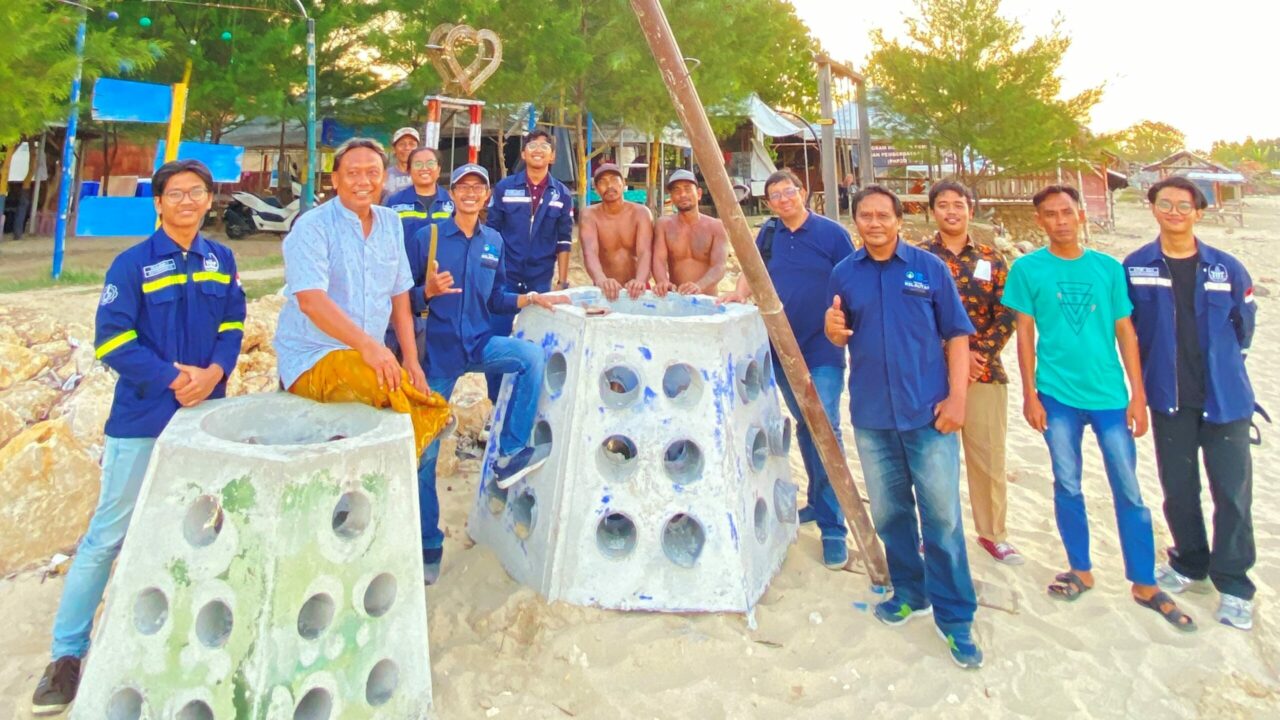
Webinar #53 World Water Day
In commemorating World Water Day 2022, ITS Geophysical Engineering presents a free Webinar on the topic “World Water Day”. The topic mainly discussed about groundwater in Surabaya. From the session, participants will know how to preserve the groundwater and its affecting factors.

ITS Students Initiate Fishing Community Outreach
Abmas ITS initiated several programs offering educational outreach activities for local communities to raise awareness about legal and effective fishing. The programs consist of Smart Fish Feeding System, Smart Agriculture Fishing, and Tilapia Fish Business Redesign. The projects are held around East Java in the coastal area.
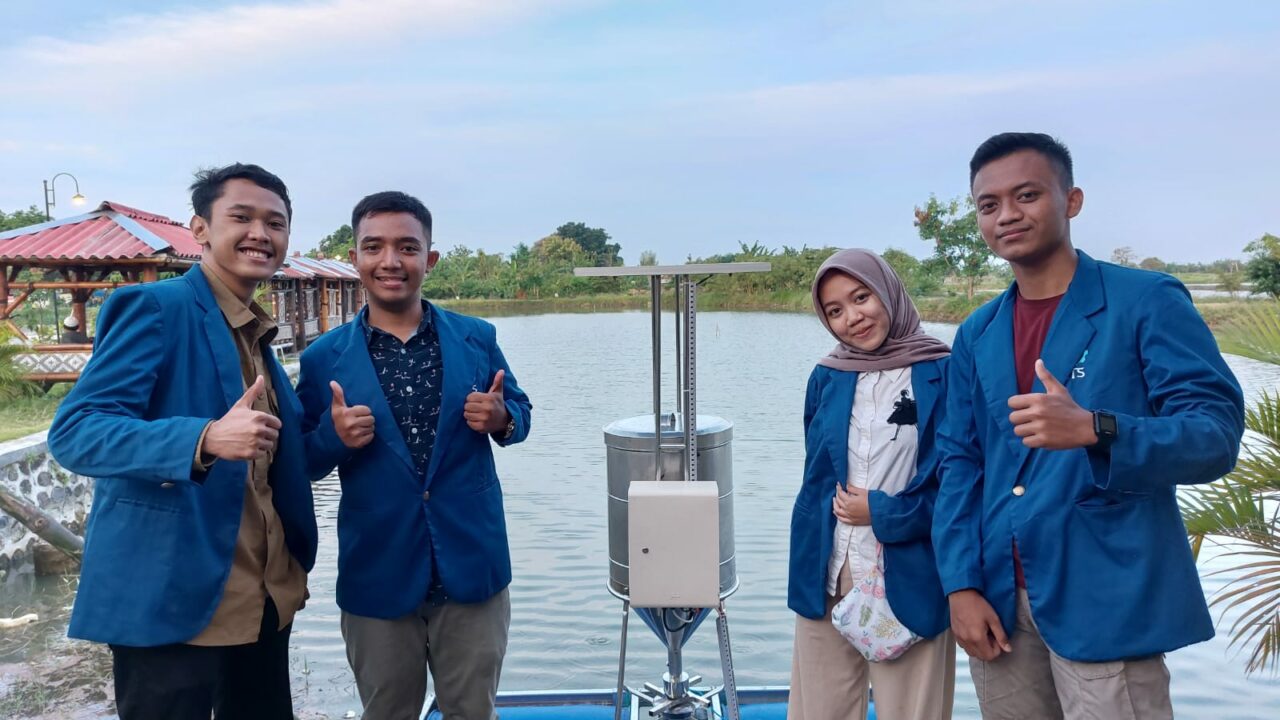
Supporting Aquatic Ecosystems through Action
ISOCEEN Promotes Marine-Coastal Potential and Inaugurates Consortium for Sustainable Development in Asia-Pacific
ITS has participated in the International Seminar on Ocean and Coastal Engineering, Environmental and Natural Disaster Management (ISOCEEN) which was held by presenting various domestic and international experts. With the theme Promoting Ocean-Coastal Engineering Innovation and Collaboration for Sustainable Development, this activity focuses on promoting marine-coastal potential for sustainable development, which ends with the formation of a consortium in the field of marine engineering.
Challenges to Climate Change in the Maritime Sector
The impact of climate change has always been a global challenge that needs to be addressed collectively, especially in the maritime sector. As an effort to increase public understanding of this matter, Alumni of the ITS Faculty of Marine Technology held a webinar entitled Indonesia Green Maritime Toward Net Zero Emission. This webinar, which was held online, discussed Green House Gases and the challenges of climate change in the maritime sector.
Navigating the Challenges of Climate Change in Indonesia’s Maritime Sector
In a webinar hosted by Alfatekelits, the Alumni of the Faculty of Marine Technology at Institut Teknologi Sepuluh Nopember, discussions unfolded regarding the enduring impact of climate change on the maritime sector. Titled “Indonesia Green Maritime Toward Net Zero Emission,” the event shed light on the sector’s significant contribution of 2.2 percent to global carbon gas emissions. Secretary General Heru Hermawan ST MM underscored the role of international shipping in this environmental concern, emphasizing the emissions from ship engines. This emphasizes the ongoing need to actively engage with the International Maritime Organization’s regulatory framework, reflecting a continuous commitment to mitigating climate change effects within the maritime industry and fostering sustainable practices.
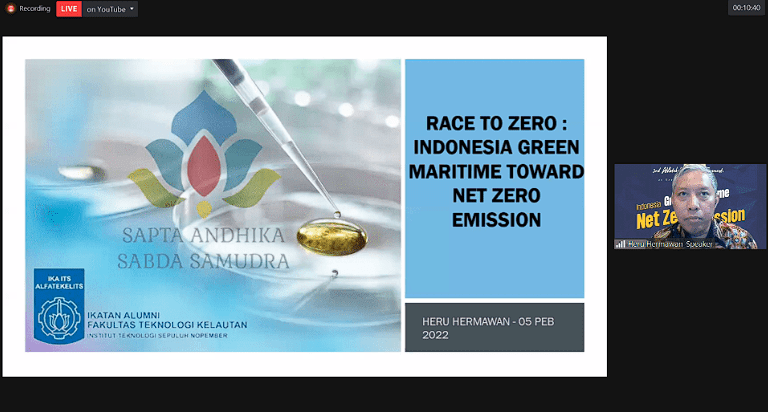
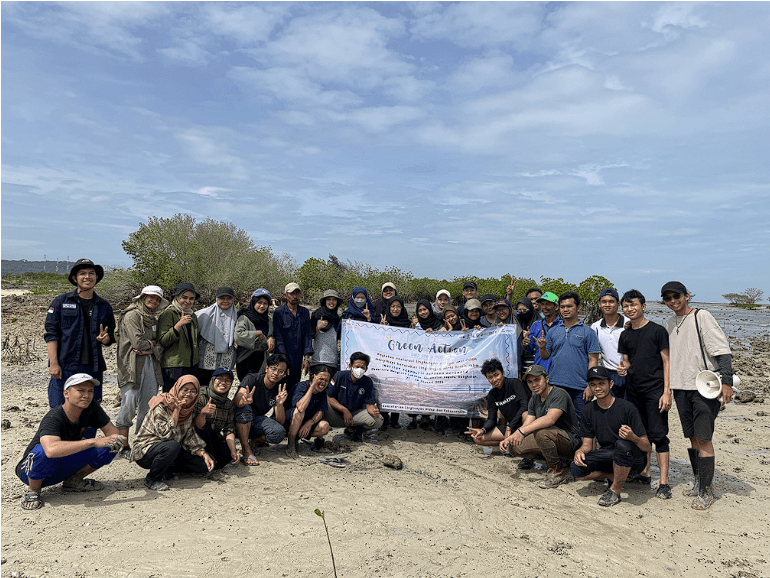
ITS Participates in Organizing Maritime International Conferences
ITS participated in organizing the Ocean Engineering Technology and Innovation Conference (OETIC), which is a prestigious annual event initiated by the Institute of Electrical and Electronics Engineers Indonesia Section Joint Societies Chapter (IEEE OESTEMS). This conference raised discussions related to the issue of sustainable management and conservation of marine and coastal resources.
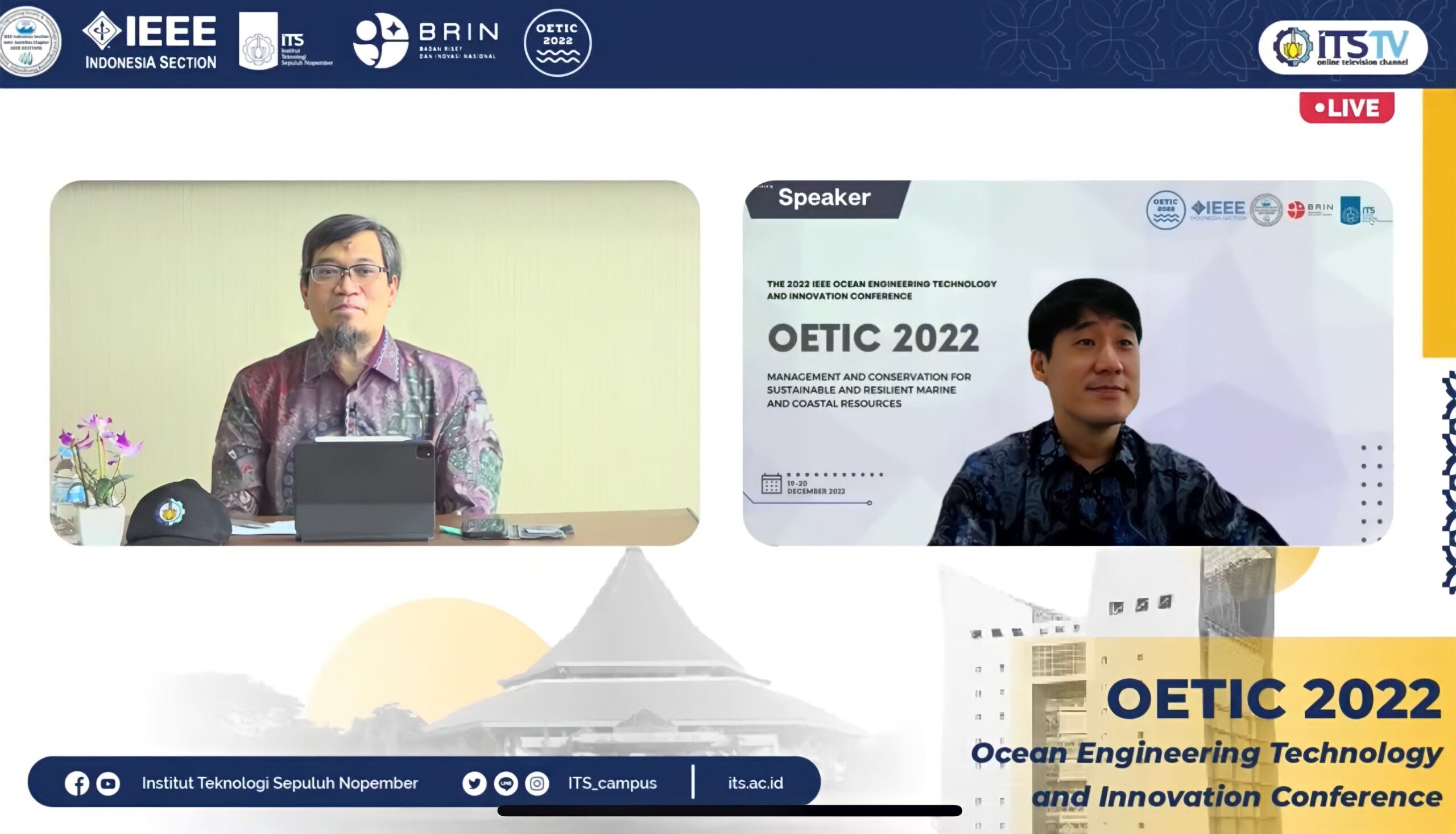
Overcoming Petroleum Pollution in the Sea with Bacteria
To decompose petroleum pollutants, ITS uses microorganisms as one of its benefits is that they are able to restore the condition of a polluted ecosystem so that it returns to normal. Biodegradation is a method of recovering pollution by utilizing certain microorganisms to break down polluting chemical compounds. This biodegradation can also be an environmentally friendly solution in polluted environments.
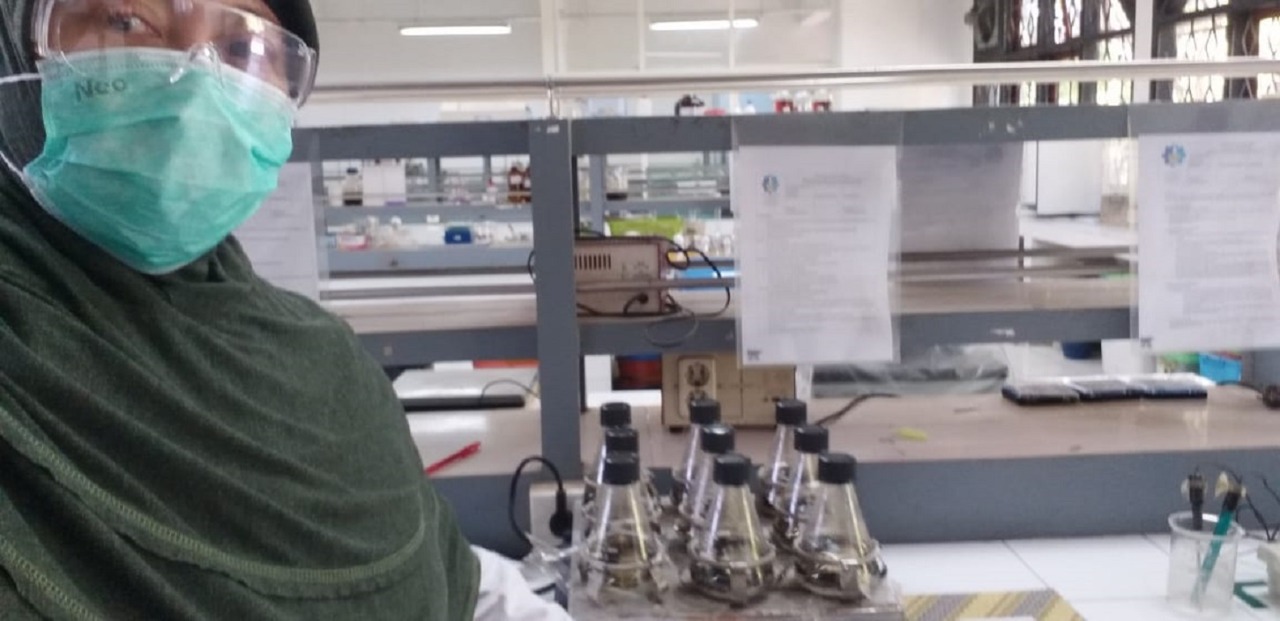
Overcoming Petroleum Pollution in the Sea with Bacteria
To decompose petroleum pollutants, ITS uses microorganisms as one of its benefits is that they are able to restore the condition of a polluted ecosystem so that it returns to normal. Biodegradation is a method of recovering pollution by utilizing certain microorganisms to break down polluting chemical compounds. This biodegradation can also be an environmentally friendly solution in polluted environments.



ITS Students Initiate Brantas River Water Quality Monitoring System
Three students from the Department of Civil Infrastructure Engineering (DTIS) ITS collaborated in ITS CT-Reese Garvi Team in creating innovations in the field of water resources infrastructure and technology through an Internet of Things (IoT) based water quality monitoring system. This innovation successfully won third place in KBAI 2022 which was organized by the Department of Water Engineering, Brawijaya University.
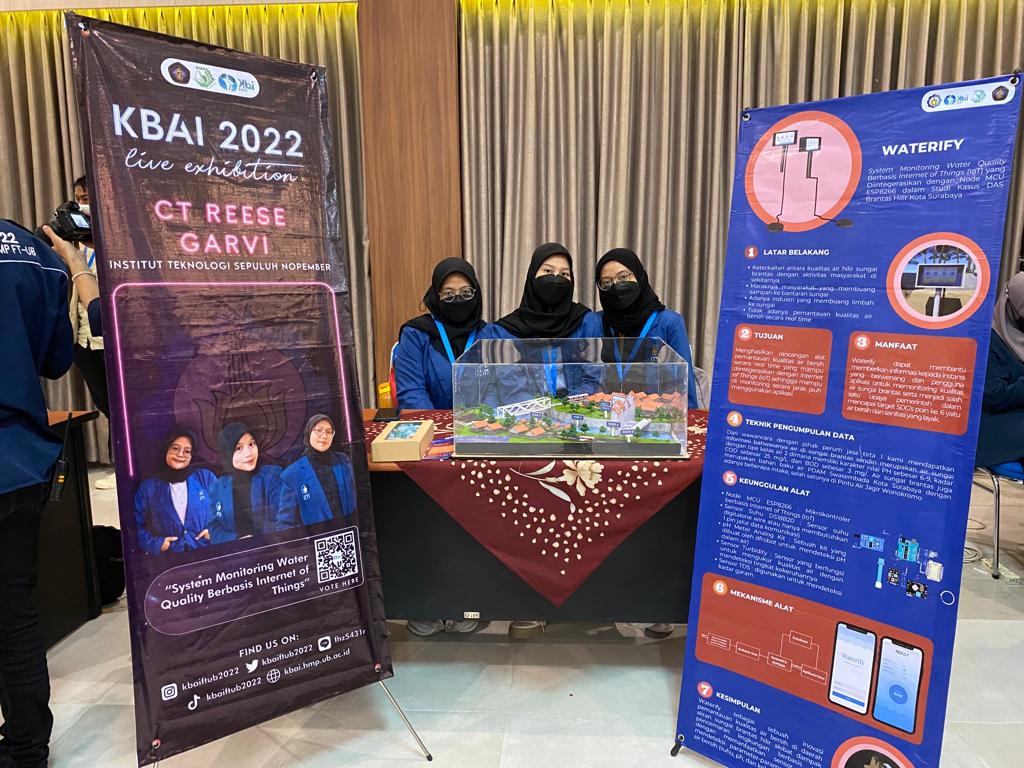

Water Sensitive Waste Disposal
Rector Statement Letter to ITS’ Commitment on Achieving Sustainable Development Goals (SDGs)
By becoming into a sustainable and ecologically responsible campus, ITS is firmly committed to contributing to the achievement of the Sustainable Development Goals (SDGs). The implementation of effective water discharge procedures is a crucial aspect of this commitment. This resolute commitment is shown by the institution’s establishment of the Rector’s Statement Letter in achieving the Sustainable Development Goals. Chapter 3 of this regulation is dedicated especially to water discharge management stated in point a, Institut Teknologi Sepuluh Nopember guarantees saving and reusing of water resources
Water Efficient Appliances Usage in ITS Buildings
Water-efficient appliances more than 50% of the campus environment has use placed to manage water discharge. ITS replaces conventional building equipment with water-efficient equipment. Hand washing tap, water pressure shower, dual flush, water sprinkles, and setting the flow of tap water are examples of such equipment. The dual flush system has a 3:6 ratio, with the main flush button dispense around 6 liters of water and the little flush button dispense approximately 3 liters of water.

Masterplan ITS 2020-2045
The master plan acts as a guideline and framework for all development plans buildings and infrastructure at ITS which organizes detailed things including marine education, sea water, and sea product processing processing waste that has the potential to pollute marine ecosystems.
Toxic Waste Treatment
ITS waste comes from several academic activities, especially wet laboratory activities, as well as from activities at medical centers. Toxic waste or hereinafter referred to as Hazardous and Toxic Waste (B3) at ITS is partially handled, namely 60-70%.
Rector Statement Letter to ITS’ Commitment on Achieving Sustainable Development Goals (SDGs)
By becoming into a sustainable and ecologically responsible campus, ITS is firmly committed to contributing to the achievement of the Sustainable Development Goals (SDGs). The implementation of effective water discharge procedures is a crucial aspect of this commitment. This resolute commitment is shown by the institution’s establishment of the Rector’s Statement Letter in achieving the Sustainable Development Goals. Chapter 3 of this regulation is dedicated especially to water discharge management stated in point a, Institut Teknologi Sepuluh Nopember guarantees saving and reusing of water resources
Maintaining a Local Ecosystem
Masterplan ITS 2020-2045
The master plan acts as a guideline and framework for all development plans buildings and infrastructure at ITS which organizes detailed things including marine education, sea water, and sea product processing especially processing waste that has the potential to pollute marine ecosystems.
ITS Toxic Waste Treatment
ITS waste comes from several academic activities, especially wet laboratory activities, as well as from activities at medical centers. Toxic waste or hereinafter referred to as Hazardous and Toxic Waste (B3) at ITS is partially handled, namely 60-70%.
Marine and Earth Science and Technology
The Marine & Earth Science and Technology (STKK) Research institution is an ITS DRPM (Directorate of Research and Community Service) research institution. This research center conducts multidisciplinary research in marine and earth science and technology to help solve national problems such as mining and oil and gas exploration, water quality management, and monitoring of land use changes, deformation, and, last but not least, land use mapping, cadaster, and use. STKK has several research areas, one of them marine energy resources. Monitoring changes in sea level throughout time coastal altimetry is a marine energy resources project.
Brantas River Water Quality Monitoring Innovation
ITS students collaborated to develop a water quality monitoring system for the Brantas River. According to the case study, industrial and local community waste are routinely discharged directly into the river from the Karang Pilang Bridge to the Jagir Water Gate. The monitoring system combines two operating strategies. The first concept is placing sensors along the riverside at the Karang Pilang Bridge and the Jagir Water Gate. The second method, which expands upon the first, is an early warning system.
ITS Presents Ocean FarmITS (OFITS) Floating Net Cages
ITS has launched an offshore technology innovation. Through Ocean FarmITS (OFITS), a technology in the form of offshore floating net cages (KJA) was officially installed to coincide with the 77th Independence Day of the Republic of Indonesia. OFITS has been in operation since 2020 in the form of a soft launch of design and manufacturing at the Coastal Fishery Port (PPP) Pondokdadap, Malang, which is controlled by the Java Province Marine and Fisheries Service. The OFITS Team then completed the project by adding residential buildings, installing solar panels, and regulating water systems. This innovation will serve not only as a medium for fish cultivation and will benefit local fishermen, but it will also be used for maritime tourism activities.
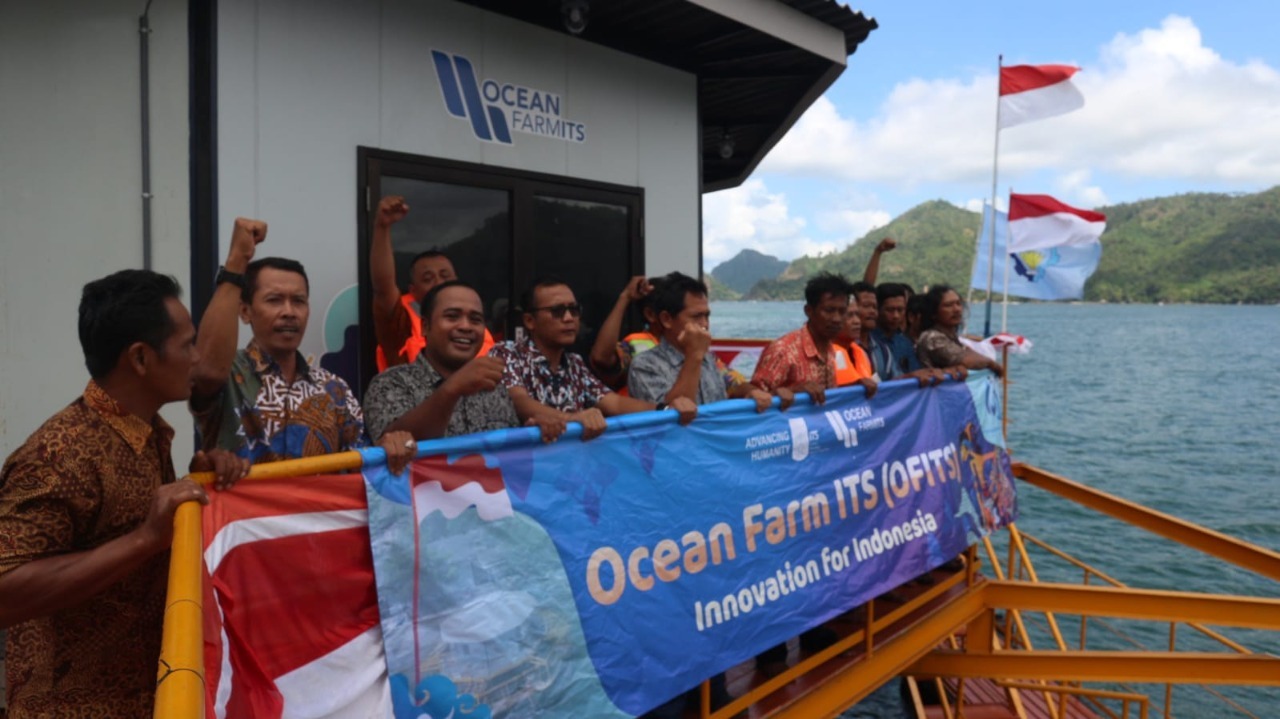

Elevated Structure Building to Improve Water Flow
Almost of ITS buildings feature elevated building structural design. The elevated building keeps the water catchment area functional, allowing it to flow freely. The Mechanical Engineering Department, Electric Engineering Department, Chemical Engineering Department, Chemistry Department, Statistics Department, and Physics Department are some examples of buildings with elevated building structures.
OCEANO 2019 Social Development Invites Students to Preserve Coral Reefs
OCEANO 2019 Social Development, an event organized by Institut Teknologi Sepuluh Nopember (ITS) invites students to take an active role in preserving coral reefs. Through various activities, the event aims to raise awareness about the importance of coral reefs and the role of students in their conservation. The event also provides a platform for students to contribute to coral reef conservation efforts through research, volunteering and community engagement.
Our Dedication to the Nation: Engineering Physics Laboratory Assists Milkfish Farmers in Maintaining Pond Water Quality
ITS’ Engineering Physics Laboratory, Department of Engineering Physics, designed water quality monitoring tools as a result of inspiration from the idea that pond water quality plays an important role in the sustainability of milkfish cultivation. With these tools, ITS resolves problems experienced by milkfish farmers and increases their productivity.
Water Conservation Program
ITS has reached a significant milestone by successfully implementing more than 50% of its complete water conservation program. This program includes a variety of novel solutions, such as lake and reservoir management, elevated building structures suited for rainwater storage, rainwater harvesting systems, biopore installations, and the construction of long storage channels. Among these are the long storage channels, which have an estimated length of around 470 meters and a width of 6 meters and are ingeniously integrated around the ITS site. These channels are critical for properly managing and dispersing rainwater, reducing the risk of floods, and encouraging responsible water use.
Water Resource Training (WARNING)
Water Resource Training (WARNING) was held by Environmental Lovers (PLH) Siklus ITS in order to safeguard and preserve water resources (SDA) through conservation practices. WARNING helped participants carry out the sampling and analysis agenda, which was held at three different locations along the Kalimas River. PLH Siklus ITS believes that this event will provide participants with information on how to preserve the watershed area healthy and comfortable through effective natural resource management.


